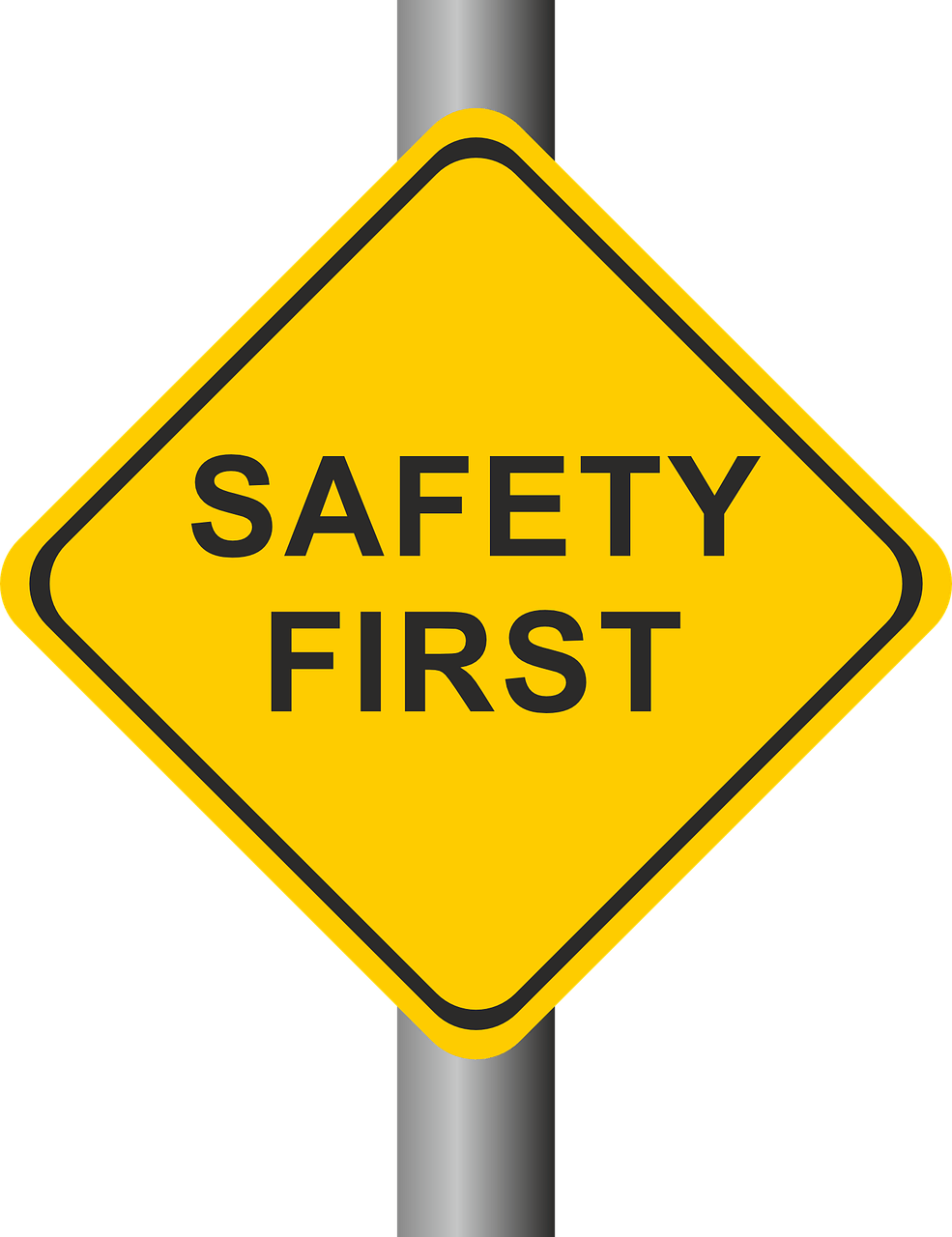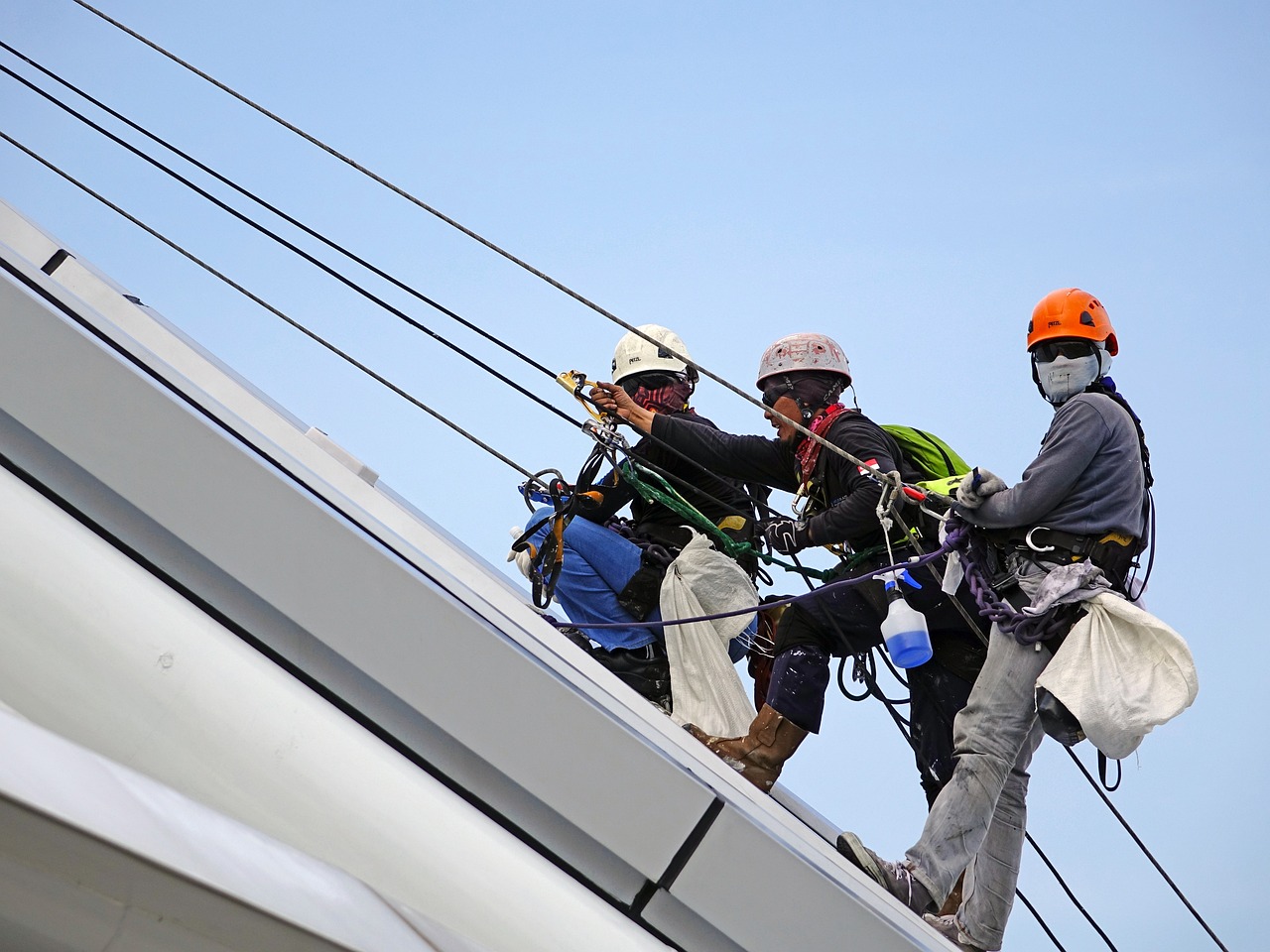What Types Of Boating Emergencies Are Most Dangerous?
What types of boating emergencies are most dangerous?

Identifying the Most Dangerous Boating Emergencies
When out on the water, it’s crucial to be aware of the various types of boating emergencies that could occur. Some emergencies are more dangerous than others, and knowing how to recognize and respond to them can make all the difference in staying safe on the water.
Capsizing
One of the most dangerous boating emergencies you could face is capsizing. This occurs when a boat overturns and causes its occupants to end up in the water. Capsizing can happen due to various reasons, such as rough waters, overloading the boat, or sudden maneuvers. Knowing how to handle a capsized boat and staying calm in such a situation is vital for survival.
Collision
Boat collisions are another extremely dangerous boating emergency. A collision can happen with another boat, a rock, a dock, or any other object in the water. When two boats collide, the impact can be severe, resulting in injuries, sinking, or even fatalities. Understanding the rules of the water, maintaining a proper lookout, and being aware of your surroundings can help prevent collisions.
Flooding
Flooding is a serious boating emergency that can quickly turn life-threatening. Flooding can occur due to leaks, hull damage, or even rough weather conditions. As water enters the boat, it can cause it to become unstable, leading to sinking. Knowing how to locate and stop leaks, as well as having the necessary equipment to remove excess water, is essential in managing a flooding emergency.
Fire
Boat fires are rare but extremely dangerous emergencies that can escalate quickly. A fire onboard a boat can be caused by fuel leaks, electrical malfunctions, or even improper storage of flammable materials. Having fire extinguishers onboard, practicing fire safety protocols, and knowing how to handle a fire emergency can save lives in such a situation.
Man Overboard
A man overboard emergency occurs when someone falls off the boat and into the water. This can happen due to various reasons, such as a slip, being hit by a wave, or not wearing a life jacket. Knowing how to react quickly, performing a man overboard drill, and having the right equipment, such as life rings or buoys, can aid in rescuing someone who has fallen overboard.
Tips for Handling Boating Emergencies
Being prepared and knowing how to respond in boating emergencies is critical for ensuring safety on the water. Here are some essential tips for handling different types of boating emergencies:
Stay Calm
In any emergency situation, it’s crucial to stay calm and avoid panicking. Panicking can impair your ability to think clearly and make rational decisions. Take a deep breath, assess the situation, and act accordingly to ensure your safety and the safety of others onboard.
Communicate
Communication is key in handling boating emergencies. Make sure you have a reliable means of communication onboard, such as a marine radio or a cell phone with a waterproof case. In case of an emergency, communicate your distress signal clearly and provide your location to receive assistance promptly.
Wear a Life Jacket
Wearing a life jacket can be a lifesaver in boating emergencies, especially in situations like capsizing or man overboard. Make sure everyone onboard has a properly fitting and Coast Guard-approved life jacket. Wearing a life jacket can keep you afloat and increase your chances of survival in the water.
Know How to Swim
While wearing a life jacket is essential, knowing how to swim can also be beneficial in boating emergencies. Being able to swim can help you reach safety or assist others who may be in distress. Consider taking swimming lessons or practicing swimming in different water conditions to build your confidence and skills.
Have Emergency Equipment
Having the necessary emergency equipment onboard can make a significant difference in handling boating emergencies. Ensure your boat is equipped with items such as fire extinguishers, first aid kits, signaling devices, and navigation lights. Regularly check and maintain your emergency equipment to ensure it is in good working condition.
Develop a Float Plan
Before heading out on the water, it’s essential to develop a float plan that includes details such as your intended route, estimated time of return, and emergency contacts. Share your float plan with someone who is not onboard, such as a friend or family member ashore. Having a float plan can aid rescuers in locating you in case of an emergency.
Practice Emergency Drills
Regularly practicing emergency drills with your crew can help improve your readiness in handling boating emergencies. Conduct drills such as man overboard, fire onboard, and abandon ship scenarios to ensure everyone knows their roles and responsibilities. Practice using emergency equipment and communication devices to build confidence and efficiency in case of a real emergency.

Conclusion
Boating emergencies can be unpredictable and dangerous, but being prepared and knowing how to respond can help mitigate risks and improve safety on the water. By understanding the most dangerous boating emergencies, following safety protocols, and practicing emergency drills, you can enjoy a safer and more enjoyable boating experience. Remember to stay calm, communicate effectively, wear a life jacket, and have the necessary emergency equipment onboard to handle any potential emergencies that may arise. Your safety and the safety of others onboard should always be the top priority when enjoying time on the water.






